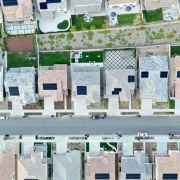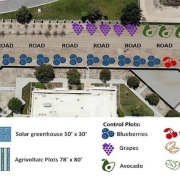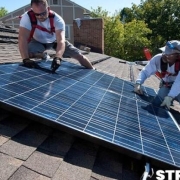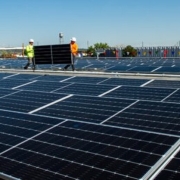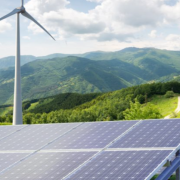Across the U.S. market, California “dominates” in sheer numbers of residential solar installations, according to LBNL. And 11% of those systems have attached storage, a trend Barbose said is driven in part by rebates for storage and by the California Public Utilities Commission’s Self-Generation Incentive Program.
However, system sizes in California only average 7.1 kW – “near the low end of the spectrum,” LBNL said, which pulls the U.S. median downward. While median system sizes in most states are “well above 8 kW, and in many states above 9 kW,” California’s overall share of the market means national median size is 7.2kW.
Click here to read the full article
Source: Utility Dive
—
If you have any questions or thoughts about the topic, feel free to contact us here or leave a comment below.

